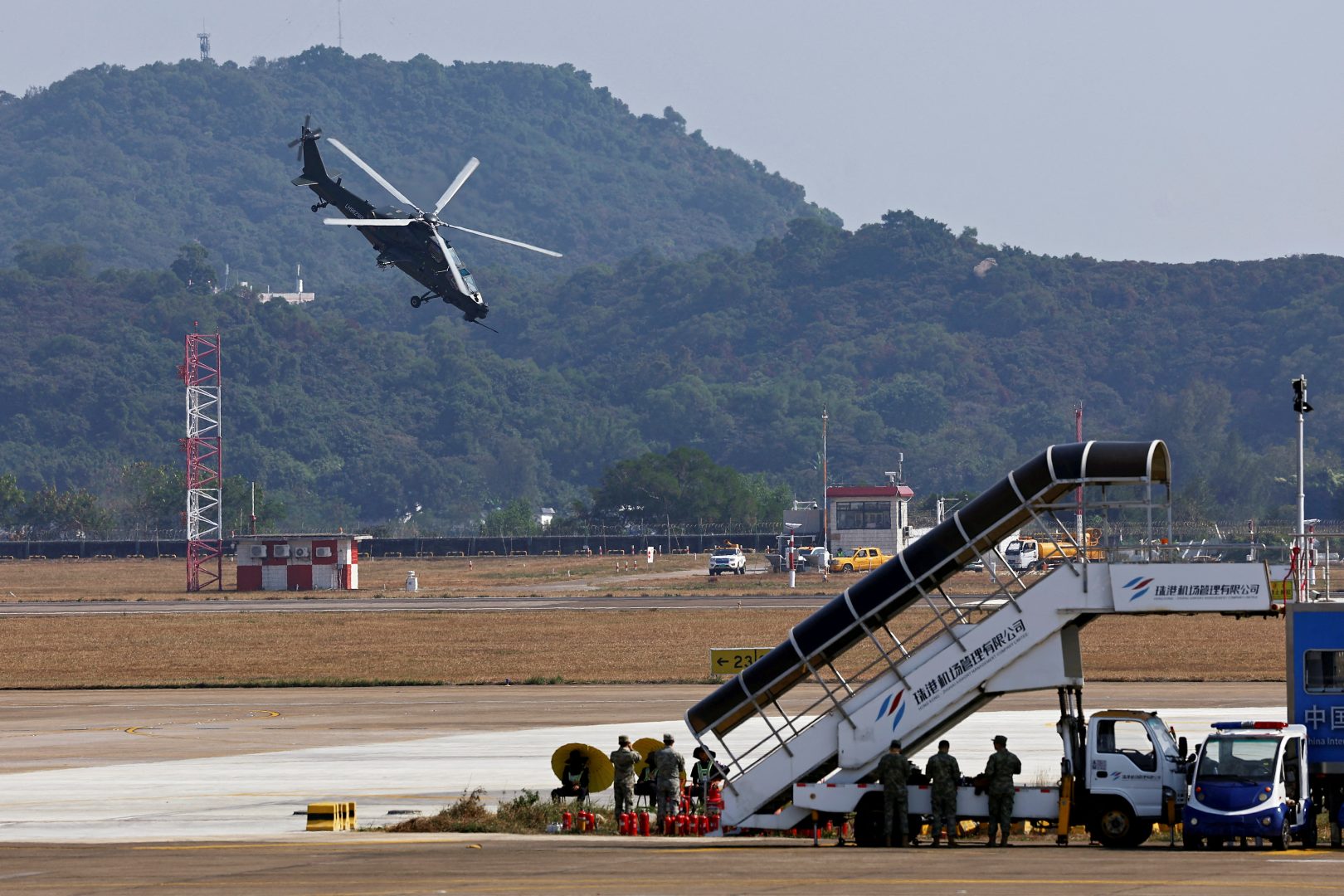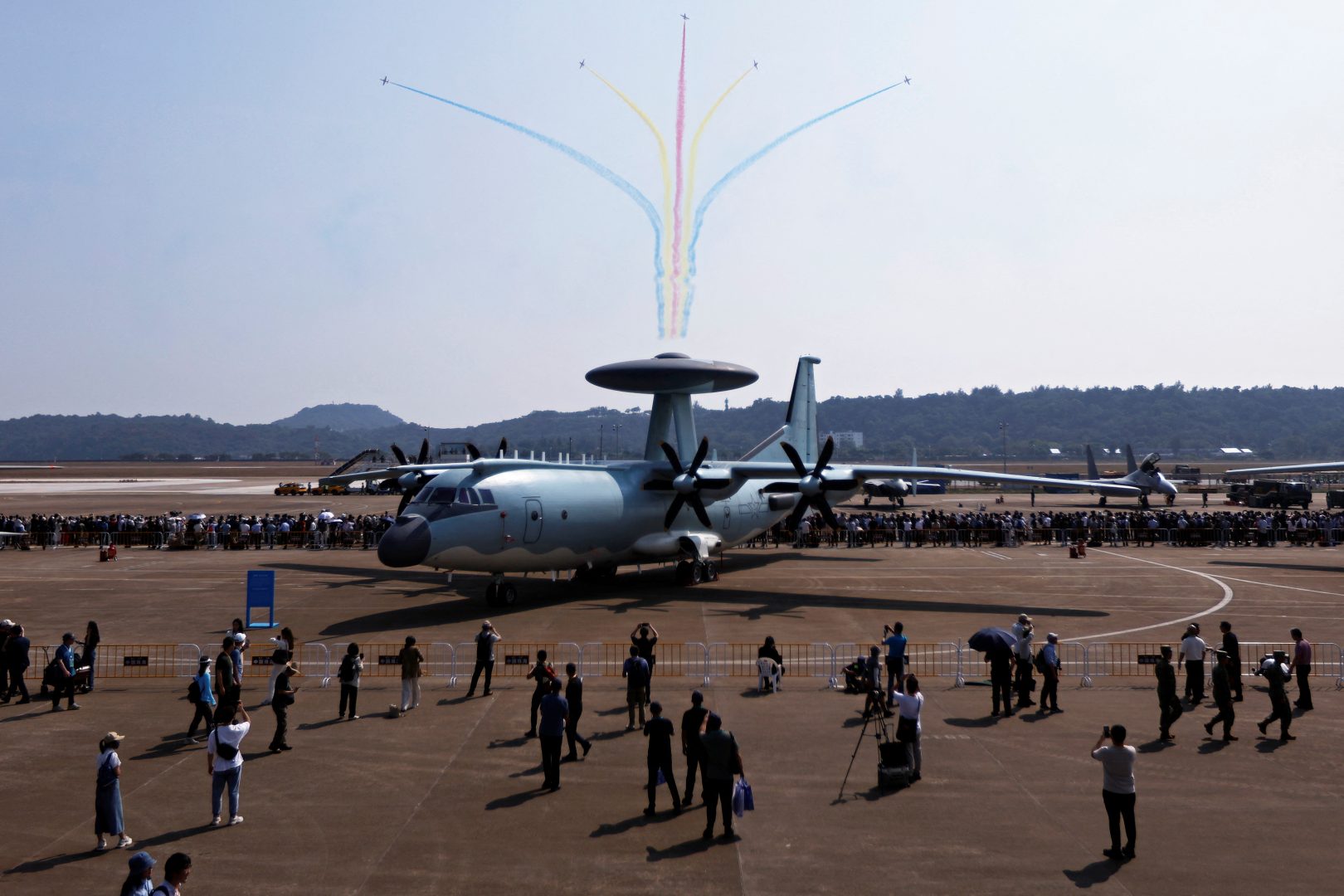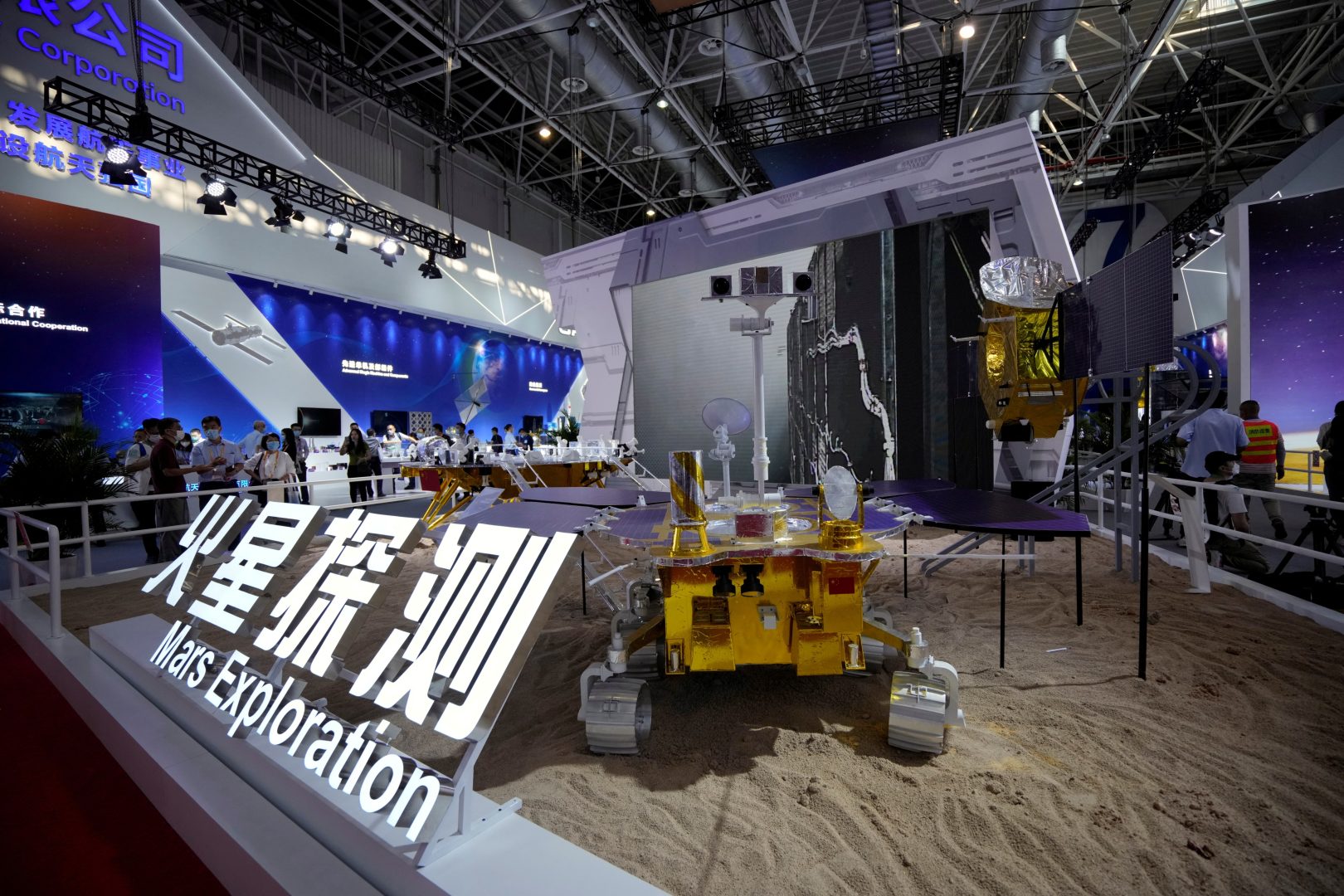China’s Airshow Highlights Aerospace Technology’s Role in Daily Life and Future Exploration
The 15th China International Aviation and Aerospace Exhibition, known as Airshow China, kicked off in Zhuhai, Guangdong Province, showcasing groundbreaking aerospace innovations and their applications in everyday life. This year’s exhibition is underscored by agreements between major aerospace companies and public welfare projects, highlighting aerospace technology’s increasing relevance beyond space exploration.

Expanding Aerospace Agreements: Focus on Public Welfare and Emerging Industries
China Aerospace Science and Technology Corporation (CASC) hosted a signing ceremony for agreements on projects spanning meteorological, marine, and communication satellites, as well as rocket launch services and commercial aerospace. These collaborations also extend to emerging sectors, including the low-altitude economy, hydrogen energy, and advanced equipment.
Over 70 agreements were signed at china’s Airshow, amassing a contract value near 60 billion yuan (about $8.3 billion USD). Tang Lei, director of CASC’s Asset Management Department, noted, “This is our largest major project signing in recent years. Aerospace technology is not only meeting the nation’s needs for space power but also developing applications for everyday use, such as hydrogen energy derived from rocket fuel.”

Cutting-Edge Technology and Futuristic Concepts on Display at China’s Airshow
CASC showcased over 200 recent technological advancements, with 150 making their debut. Highlights included the Chang’e-6 lunar probe, the Long March-12 carrier rocket, and the CH-7 and FH-97A unmanned aerial vehicles (UAVs). The CH-7, a stealth drone with a flying-wing design, operates at high altitudes, while the FH-97A is engineered as a companion drone for fighter jets and smaller drones.
Adding to the futuristic atmosphere, full-scale models of concept aircraft were unveiled, bringing science fiction closer to reality. Among these was the “White Emperor” Type B stealth fighter from the Chinese science fiction series Project Nantianmen, which drew significant attention with its 22-meter fuselage and sleek camouflage. Another futuristic concept on display was the Hanguang “Cold Light” vertical take-off and landing craft, also inspired by Project Nantianmen. Designed with dual wings and a circular ring tail, Hanguang aims for potential operation in low-gravity environments on the Moon or Mars.
Although conceptual, these models highlight China’s commitment to developing innovative aerospace technologies. Zhang Shen, creative director at AVIC’s cultural center, explained, “These full-scale models allow the public to explore a more immersive aerospace experience, bridging the gap between imagination and technology.”

Inspiring Future Generations Through Science Fiction
The exhibition has captivated aviation enthusiasts and visitors who see these models as symbols of China’s aerospace potential. One attendee shared, “I hope these concepts inspire children with the dream of advancing aerospace technology. Even though turning these concepts into reality takes time, it’s essential to spark imagination.”
Running from November 12 to 17, Airshow China will host four-hour daily flight demonstrations, with aerobatic teams and military jets taking centre stage.




